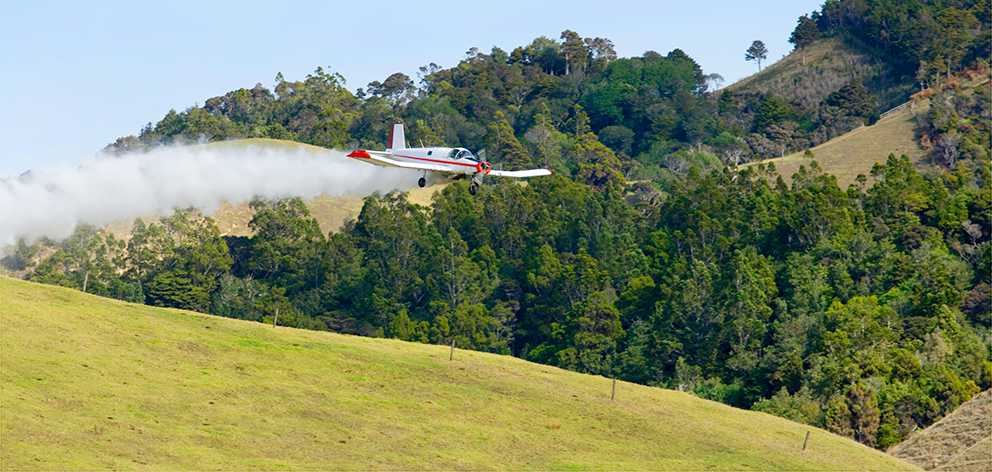Pasture consulting services
Peter works with each of his clients to set realistic objectives and implement strategies that ensure successful outcomes. His long-term approach includes reliable soil testing and analysis, agronomy (soil nutrient management), seed requirements and options, herbicide application, different spray strategies and techniques and on-farm monitoring.
Planning and Strategy
Set goals and objectives
What are the key objectives and opportunities from crop/pasture establishment?
- To achieve a better understanding of soil management.
- Historically 3 areas of soil health have included: soil physics, soil chemistry, and soil biology.
- Up until recently, focus has been on soil physics (cultivation practises) and soil chemistry (feeding plants), but now emphasis needs to be more on soil biology.
- In the past soil biology has been difficult to understand and measure.
- But now the knowledge to understand interactions between soil biology, physical and chemical interactions, are available.
- IDEALLY a combination of both organic and inorganic fertilisers should be used. Organic manures improve soil structure and as a bonus will release a small quantity of nutrients over a period of time. On the other hand, manufactured fertilisers provide the bulk of nutrients which are readily available. In a development situation, we need to keep the two in equilibrium - which can take up to 20 years to achieve.
Establishment Methodology and Preparation
Successful establishment is fundamental to obtain productive swards
Preparation is key to developing sites, especially those with a low fertility base. The choice of technique is governed by local conditions including variations in climate and soil. Methodology should conform to well-defined principles.
Maximise soil cover
- Protection against erosion.
- Water.
- Wind.
- Increase water infiltration.
- Reduce evaporation.
- Reduce weeds.
Build soil health
- 100% soil cover is the goal, strive to get there with large long pieces of residue.
- Plant green, eliminate fallow periods. Keep something alive in the soils at all times.
- Diversity in plant species, timing, rotations.
- Capture and build soil carbon. Do not do things that will reduce total soil carbon.
Minimise soil disturbance
- Build soil infrastructure.
- Maintain soil carbon and organic matter.
Maximise biodiversity
- Crop rotation.
- Reduce pest and disease issues.
- Encourage beneficial organism.
Keep a living root
- Plant feeds soil microbes.
- Help cycle nutrients.
- Build soil carbon.
- Build soil structure.
- Reduce soil aluminium levels.
Integrate livestock
- Help break down residue.
- Help cycle nutrients.
- Increase soil biological activity.
Soil Testing and Analysis
Information is gold!
All of Peter’s work begins with a reliable soil test he carries out himself. Knowing your starting point is key to achieving good soil nutrition. A basic soil test is not sufficient, particularly in hill / high country. Results are analysed to determine, and correct any soil nutrient deficiencies.
Independent Fertiliser and
Seed Advice
Get the right advice for your land
Often seed failure is the result of a poor nutrient status where incorrect fertiliser or nutrients have been used. As an independent consultant, Peter is able to provide advice on the most suitable fertiliser and seed options so that animal productivity can be maximised.
Herbicide Application Programmes
Use the products that best suit your needs
Peter provides independent advice on all herbicide applications as part of the overall strategy.
Crop and Pasture Management
Be prepared for any issues that arise
Early management on a pro-active basis. Once pasture/crop is established, further advice is given on early grazing management with pasture and insect management with crops. There should be little doubt that assessment of grass productivity is essential.So assessing the time of growth against demand will help maintain efficient production.
On-Farm Monitoring
Tackle challenges head-on
Because there is potential for things to go wrong during the establishment phase, on-farm monitoring is very important. Peter focuses on being pro-active rather than re-active when it comes to any issues. When pasture runs out ,it also presents an opportunity to improve overall production levels and to adjust supply to meet demand for quantity, quality and timeliness.
Feed Quality/Stock Performance
Forage quality determines how efficiently livestock will eat feed and convert it into meat and milk. Having the right amino acids to form utilisable protein is essential for stock growth. Aim is to provide a mix of feeds high in utilisable protein combined with those high in energy. One can then make the maximum use of feed available, and/or make appropriate choices of feeds that should be bought in to boost production.
